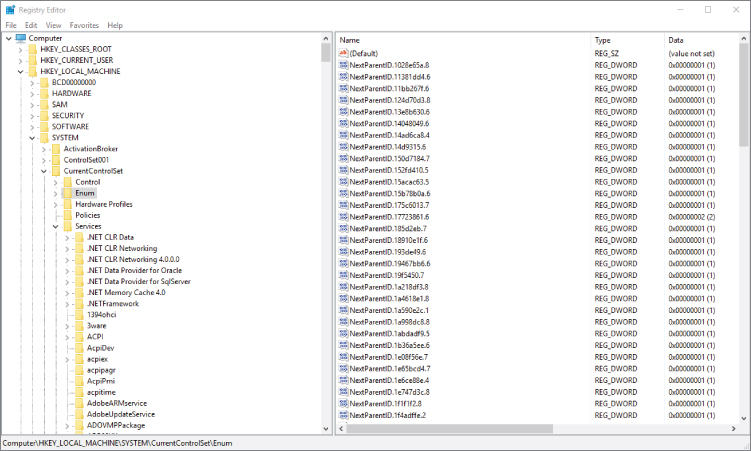CHAPTER 14Windows Registry
The Windows registry was first introduced in Windows 3.1 as storage for settings related to Component Object Model (COM) objects. In later versions (Windows 95, Windows NT), registry functionality was extended to be used by other Windows components and applications.
The Windows registry is designed as a central hierarchical storage/database to store information and settings for applications, Windows components, user account settings, devices, drivers, and so on. The Windows registry can be used by any application to store application-related information.
In this chapter you will find information about most common registry operations monitoring.
Windows Registry Basics
The registry was designed as a replacement for flat configuration files (.ini.conf
- The registry has built-in security and auditing mechanisms to control access to specific keys and audit access attempts.
- The registry has built-in backup and restore mechanisms that help to restore registry files in case of corruption or unnecessary changes.
- The registry has a mechanism to easily export and import specific settings to/from it.
The most common way to view the Windows registry is to use the built-in Windows Registry Editor (regedit.exe

Figure 14-1: Viewing Windows registry ...
Get Windows Security Monitoring now with the O’Reilly learning platform.
O’Reilly members experience books, live events, courses curated by job role, and more from O’Reilly and nearly 200 top publishers.

